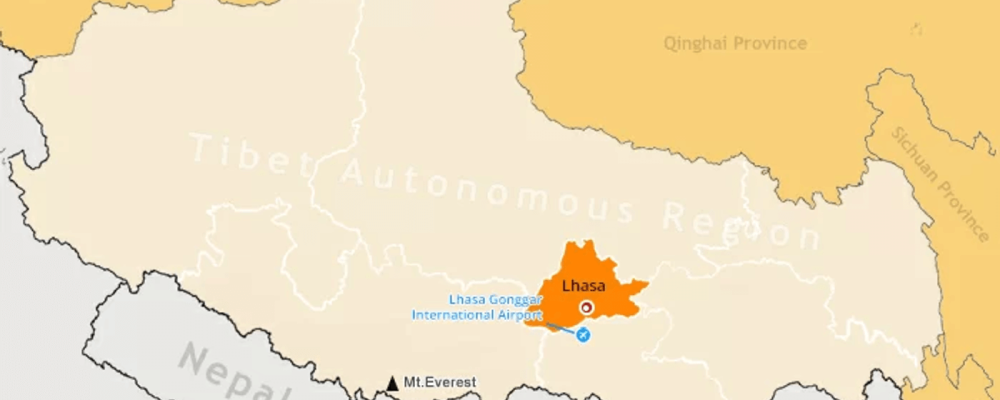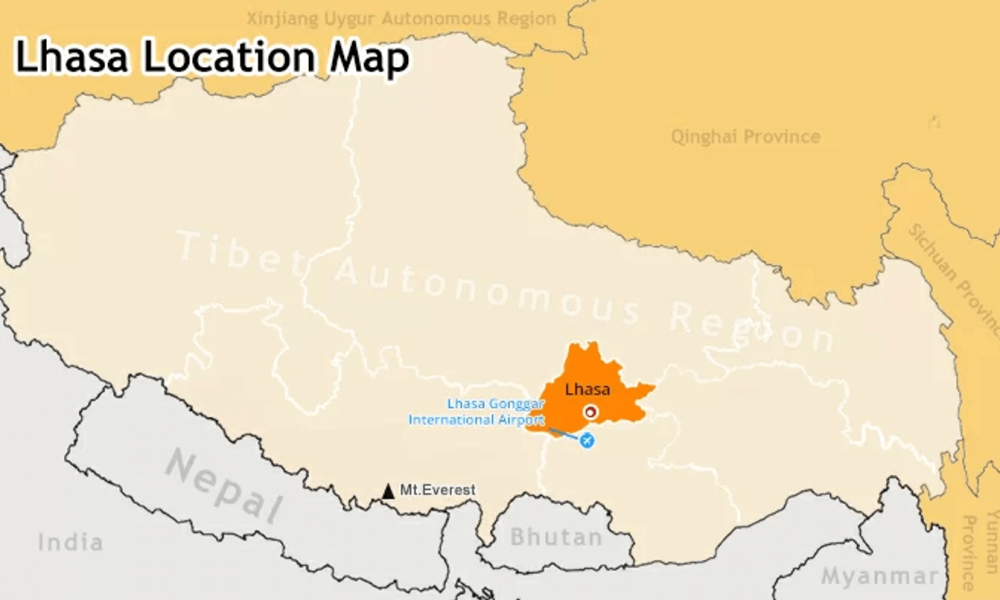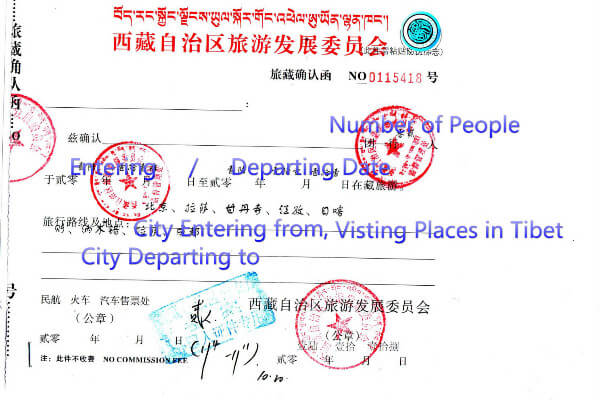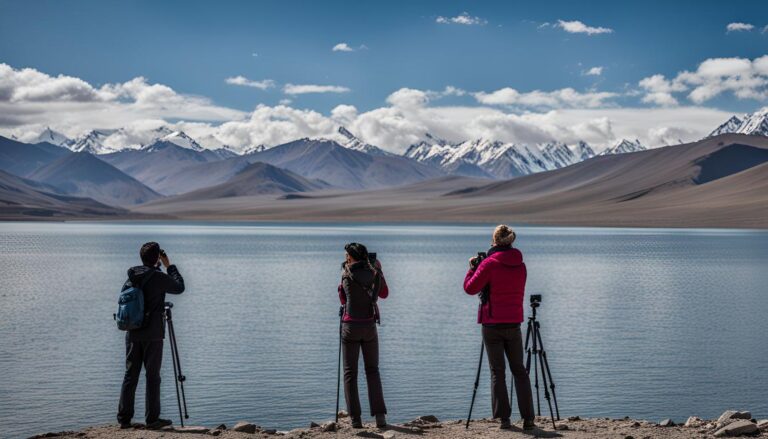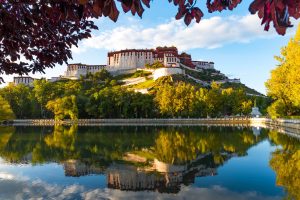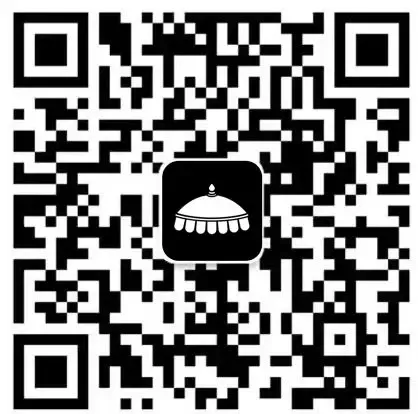Planning a Trip? Check Out This Comprehensive Plateau of Tibet Map
The Plateau of Tibet, known as the “Roof of the World,” offers remarkable landscapes, rich culture, and unique geography. A reliable map of Tibet is an essential companion for this journey. This guide provides key information about the Plateau of Tibet on a map, including landmarks to make your adventure unforgettable.
Table of Contents
Where Is Tibet on a Map?
Tibet is located in southwest China, bordering Nepal, India, Bhutan, and Myanmar. Nestled in the Himalayas, it features high elevations and dramatic terrains. Covering about 2.5 million square kilometers, Tibet is the world’s highest and largest plateau, averaging an elevation of 4,500 meters (14,800 feet). This vast, elevated region extends across southwest China and into neighboring countries, making it a significant feature on any map of Asia.
Learn more about the geography of Tibet on Britannica.
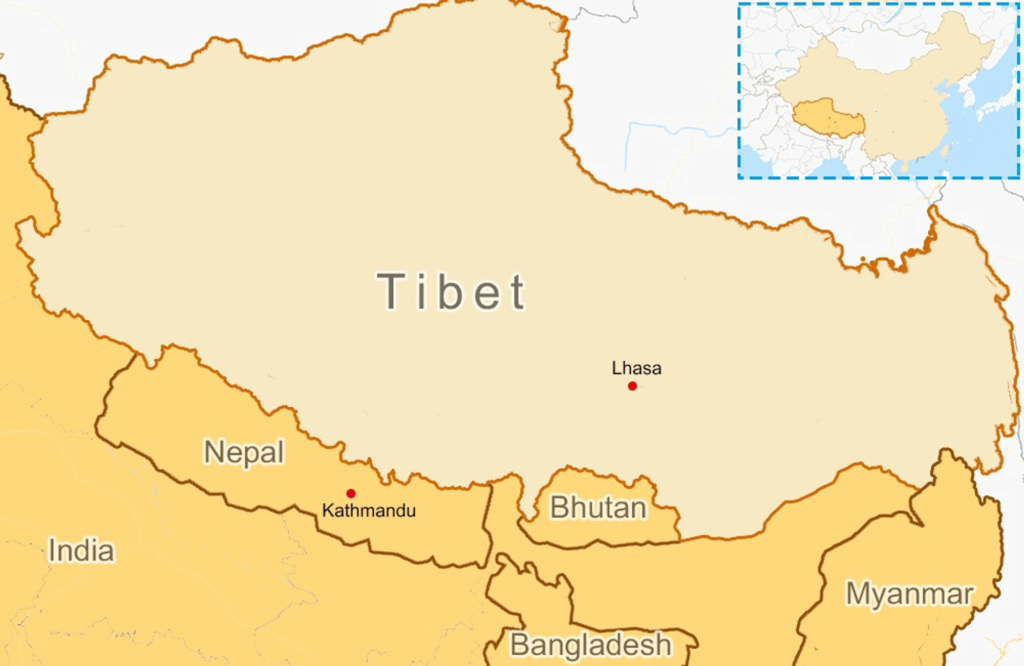
Main Geographic Features of the Tibetan Plateau
Mountain Ranges
- Himalayan Range: In the south, home to Mount Everest (8,848.13 meters), the world’s highest peak, with many peaks above 7,000 meters.
- Gangdise and Nyenchen Tanglha Ranges: Central ranges dividing Northern and Southern Tibet, marking the boundary between external and internal river systems. Mount Kailash (6,656 meters) in the Gangdise Range is a sacred site.
- Kunlun Range: In northern Tibet, averaging 5,500 to 6,000 meters in elevation, known as the “spine of Asia.”
- Hengduan Mountains: In southeastern Tibet, these north-south ranges include the renowned Nujiang, Lancang, and Jinsha rivers.
Canyons
- Yarlung Tsangpo Grand Canyon: In southeastern Tibet, stretches 504.6 kilometers and reaches depths of up to 6,009 meters, making it the world’s deepest and longest river canyon.
- Three Parallel Rivers: In the Hengduan Mountains, deep valleys formed by the Nujiang, Lancang, and Jinsha rivers.
Lakes
- Tibet boasts over 1,500 lakes, covering a total area of approximately 23,800 square kilometers. Notable lakes include:
- Namtso Lake: Tibet’s largest lake.
- Yamdrok Lake, Manasarovar, Pangong Lake, and Basum Tso: Each offers unique scenic and cultural significance.
Where is Lhasa Located?
Lhasa, the capital city of Tibet, is located in the southern part of the Tibetan Plateau. It lies in a valley of the Kyi River, at an elevation of about 3,650 meters (11,975 feet). Known as the “City of Gods,” Lhasa is the spiritual and cultural heart of Tibet, home to significant religious sites such as the Potala Palace and Jokhang Temple. It is a crucial destination for pilgrims and travelers alike, offering a blend of historical richness and natural beauty.
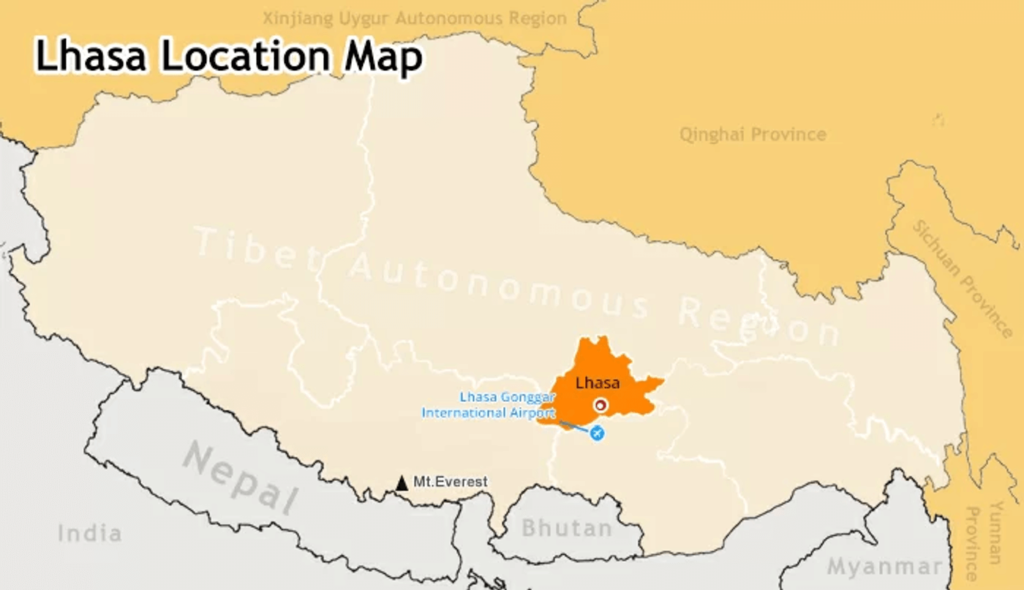
Must-See Sites in Tibet on a Map
Potala Palace: Located in Lhasa, this architectural marvel was the winter residence of the Dalai Lama and is now a museum and World Heritage Site. It is featured in our 4-Day Lhasa Holy City Tour.
Jokhang Temple: The most sacred temple in Tibet, located in Lhasa, it attracts thousands of pilgrims annually. It is included in all our tours, providing a deep cultural experience.

Barkhor Street: A bustling market street in Lhasa, offering a glimpse into local life and a variety of Tibetan souvenirs. Our tours ensure you have ample time to explore this vibrant area.
Norbulingka: Also in Lhasa, this palace complex served as the summer residence of the Dalai Lama and is surrounded by beautiful gardens. Visit this serene location on our 4-Day Lhasa Holy City Tour.
Mount Kailash: A sacred mountain in western Tibet, revered by multiple religions and popular for its challenging treks. This is a highlight of our 15-Day Mt. Kailash Trekking Tour, which includes the Mount Kailash Kora. Learn more about Mount Kailash on Wikipedia.
Namtso Lake: One of the highest lakes in the world, known for its stunning turquoise waters. Our 10-Day Lhasa, Everest, Namtso Tour offers an unforgettable visit to this natural wonder.
Yamdrok Lake: A freshwater lake with beautiful scenery, located near Lhasa. Experience this on our 5-Day Lhasa & Yamdrok Lake Tour.
Yarlung Tsangpo Grand Canyon: Known for its dramatic landscapes and diverse ecosystems, offering spectacular views and adventure opportunities. While not included in the standard itineraries, custom tours can be arranged to visit this breathtaking site.
Conclusion: Embark on Your Tibet Adventure
Ready for an unforgettable adventure? The Plateau of Tibet, with its rich culture and stunning landscapes, awaits you. Whether you’re exploring the vast expanse of Tibet or diving into the vibrant life in Lhasa, a reliable map will be your best companion. Got questions or need travel tips? We’re here to help! Let’s plan your dream trip to Tibet together. Follow us on social media for updates and inspiring stories. Book your Tibet adventure now and experience the magic of the Land of Snows!
Q: Where exactly is Tibet located?
Tibet is in southwest China, nestled in the Himalayas. It borders Nepal, India, Bhutan, and Myanmar. It is known for its high altitudes and dramatic landscapes.
Q: Why is the Plateau of Tibet called the “Roof of the World”?
The Plateau of Tibet is often referred to as the “Roof of the World” because it is the highest and largest plateau on Earth, with an average elevation of about 4,500 meters (14,800 feet).
Q: What are the main attractions to see on a map of Tibet?
Key attractions include the Potala Palace, Jokhang Temple, Barkhor Street, Norbulingka, Mount Kailash, Namtso Lake, Yamdrok Lake, and the Yarlung Tsangpo Grand Canyon.
What permits do I need to travel to Tibet?
Travelers to Tibet need a Chinese visa and a Tibet Travel Permit. Additional permits may be required for certain regions within Tibet.
What is the best time of year to visit Tibet?
The best times to visit Tibet are in the spring (April to June) and autumn (September to October) when the weather is mild and stable.
How can I prepare for the high altitude in Tibet?
To prepare for Tibet’s high altitude, spend a few days in Lhasa to acclimate, stay hydrated, avoid strenuous activities initially, and consult with a doctor before your trip.
What should I pack for a trip to Tibet?
Pack warm clothing, sturdy walking shoes, sunscreen, sunglasses, a hat, and a first aid kit. Layered clothing is ideal due to varying weather conditions.

